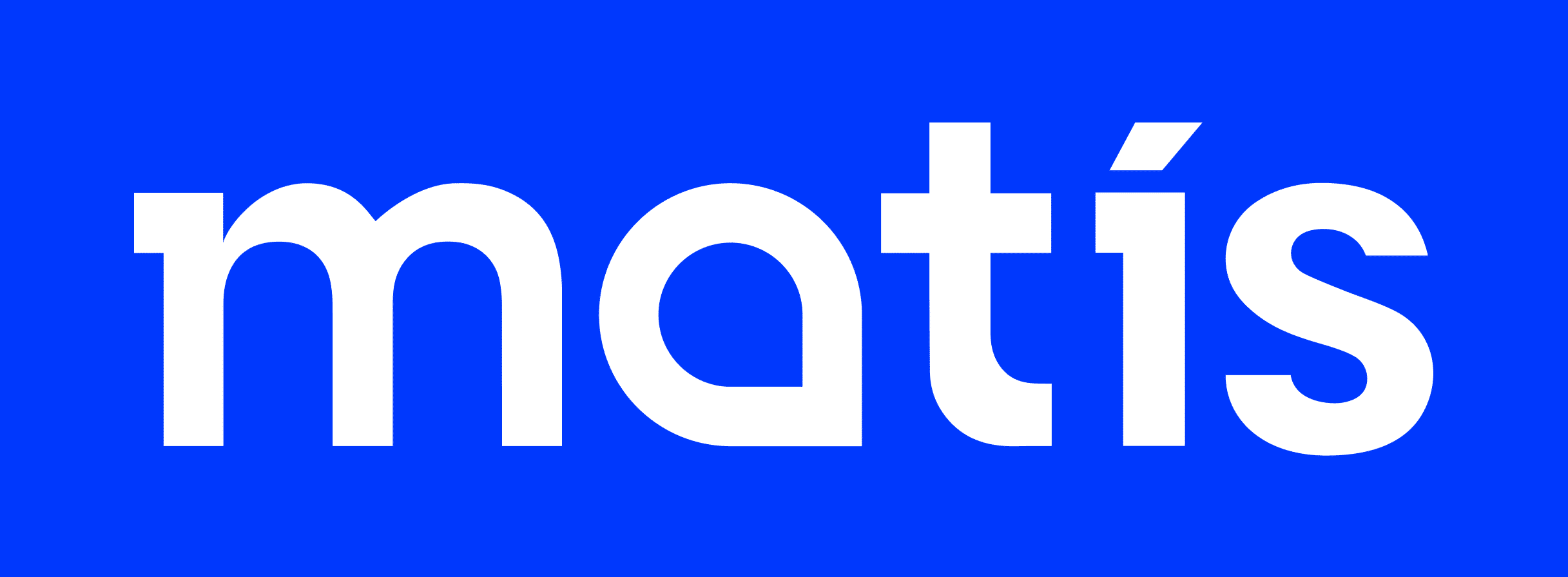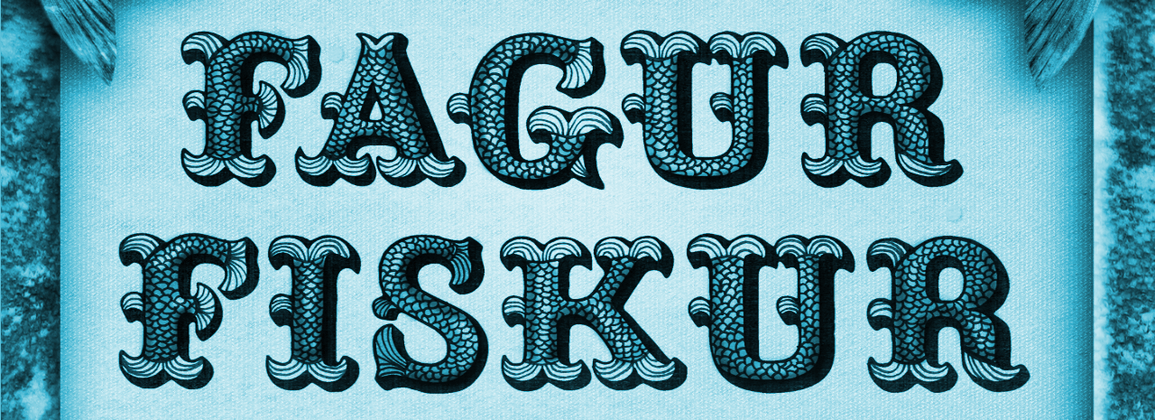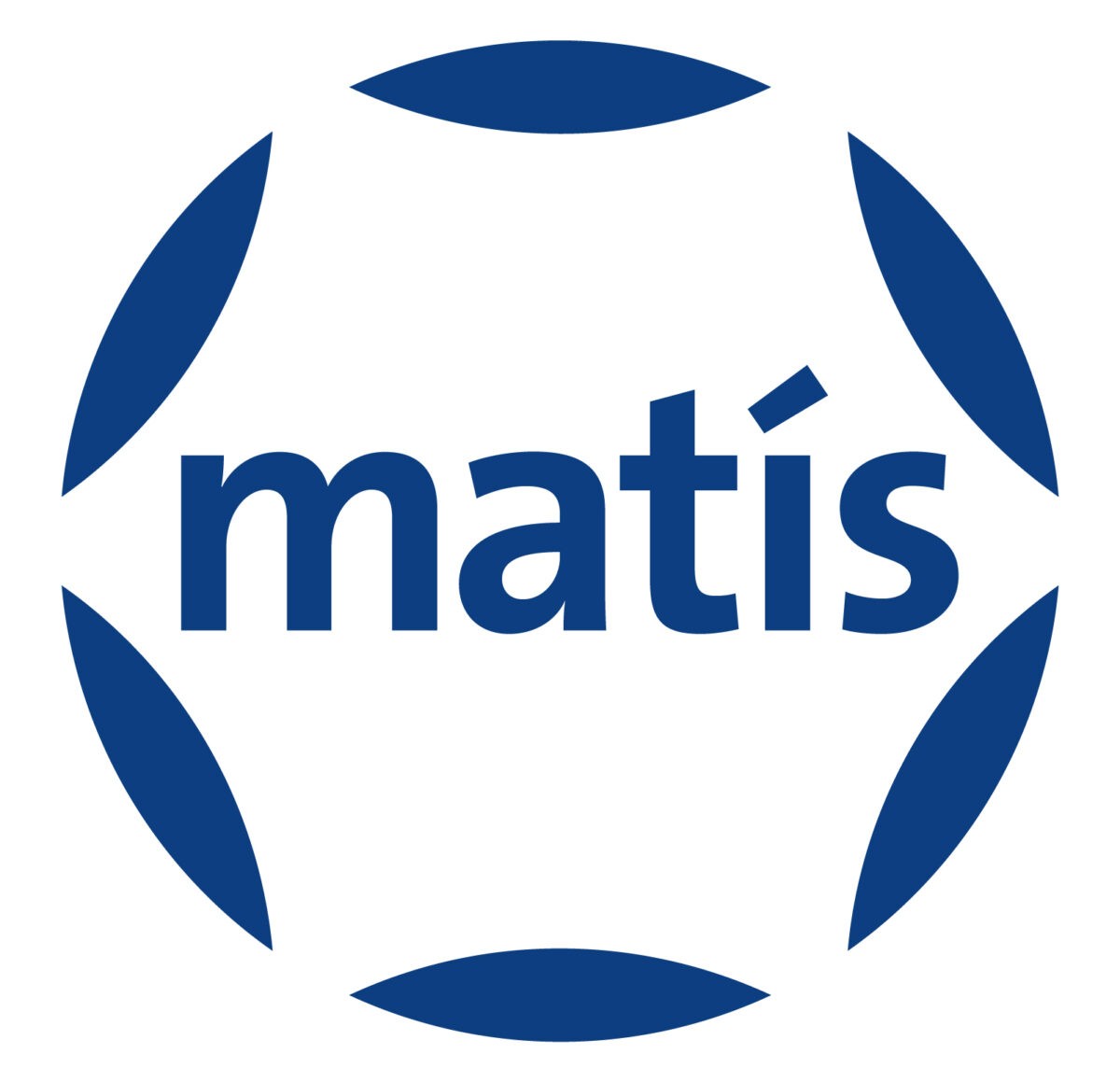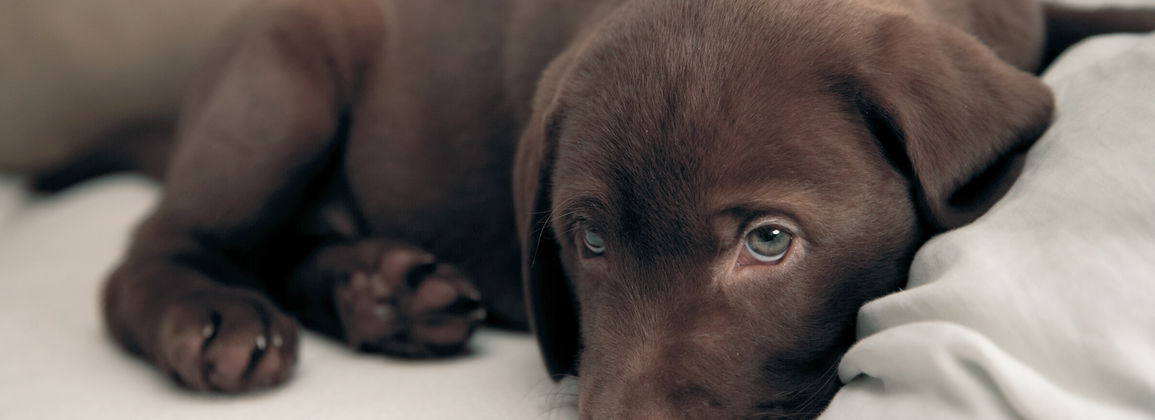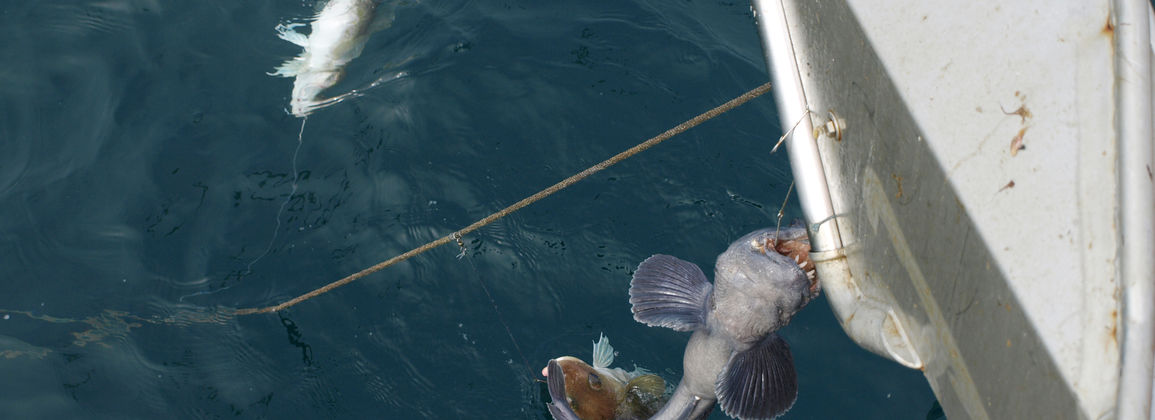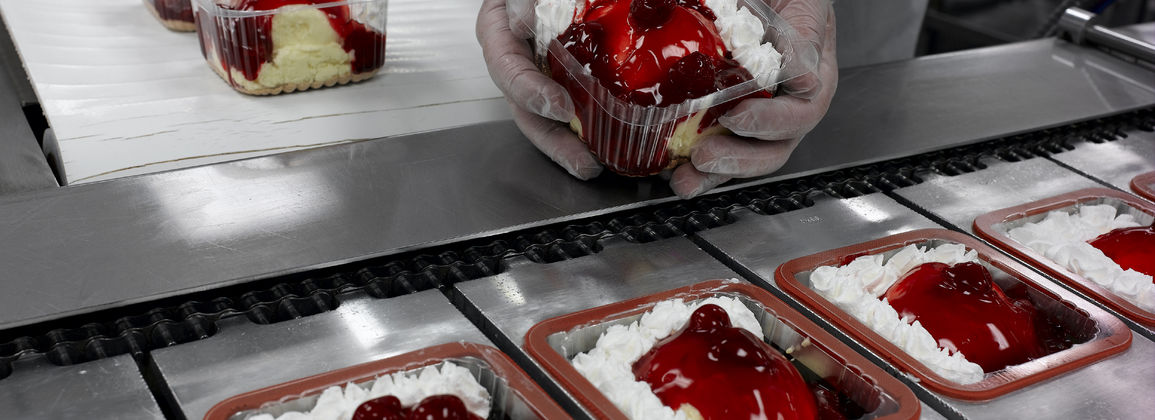On the 19th and 20th of October. A workshop was held in Iceland on fishing, processing, marketing and other issues related to longline fish.
The meeting was held on behalf of Matís, Nofima, the University of Tromsø and Havstovan in the Faroe Islands, and a total of 70 people from seven countries participated in the workshop. The topics were divided into four categories where 4-5 parties gave presentations and after that there was a general discussion among the participants. Topics included quality, traceability, marketing, consumers, the environment, technological solutions, fishing gear research, ship design, raw material handling, fisheries management, etc.
Discussions of the participants revealed that members of the value chain of longline fish in Iceland, the Faroe Islands and Norway have much in common and there is clearly a basis for co-operation between the nations in terms of research and development. In general, the parties agreed that the main advantage of longline fishing was that it provided the possibility of much better product quality than when other fishing gear is used. It was also considered important to emphasize that the environmental impact of longline fishing is much smaller than when fishing with bottom trawls, for example, and therefore the line is often referred to as LIFE-gear (Low Impact Fuel Efficient).
The Icelandic participants drew some attention to the amount of work Norway has put into research and development in the field of fishing gear research and ship design. In fact, the Norwegian line fleet can be divided into two separate categories, i.e. the ocean fleet and the coastal fishing fleet. There are about 50 freezer vessels in the ocean fleet, all of which are technically very perfect, for example some of them pull the line up through a hull that is either located on the side or in the middle of the vessel. These vessels can therefore be in almost any weather and the loss of hooks is much less than when towed in the traditional way. The newest ship in this category is now being delivered, but it is Geir II and it costs around ISK 3.6 billion. The Norwegian coastal fishing fleet, on the other hand, is much more primitive and there is often a great lack of proper raw material handling. One of the main problems with this is that there are minimum prices in force, which means that almost the same price is paid for all fish, no matter what their quality is. It also creates problems that most of the catch of this fishing group is obtained in a relatively limited period.
In cases where Icelanders take good care of raw material treatment, they are ahead of the Norwegians in these matters. The same applies to the use of any kind of information in all links in the value chain. At the working meeting, the fishing company Eskøy (which is owned by Icelandic parties) came up for discussion, but the company has two boats for longline fishing in Norway. It is considered a success and the company is looked at in terms of raw material quality.
Like Iceland, the Faroe Islands place great emphasis on the quality of longline fish. There was some discussion about the difference between their fisheries management system and the Icelandic and Norwegian systems. It seems to be the general opinion of the Faroese that their offensive day system is in fact much more environmentally friendly than a quota system.
At the end of this workshop, the participants are aware that Icelanders, Faroese and Norwegians can learn a lot from each other, and it is hoped that following the workshop it will be possible to establish further co-operation in the field of research and development concerning the longline value chain.
The keynote speakers 'speeches are now available on Matís' website:Tuesday 19 October
08:30 - 11:15
Why a workshop on longlining?
Edgar Henriksen, Nofima Market, Norway
The UK seafood market: where does longline-caught fish fit in?
Philip MacMullen, Seafish, UK
What is so good about longline-caught fish?
Terje Kjølsøy, Ålesundfisk AS, Norway
Documentation of quality and environment issues - is that useful?
Kine Mari Karlsen, Nofima Market, Norway
From Seafloor to Consumer- a value chain project for longline fishing.
Bjørn Tore Rotabakk, Nofima Mat, Norway
12:00 - 16:00
What do we need to know to design the next generation longline vessels?
Lasse Rindahl, SINTEF, Norway
Development of new hauling systems.
Roger Larsen, BFE, University of Tromsø, Norway
Challenges in further development of autoline.
Christian H. Engh, Mustad Longline, Norway
Challenges in designing systems for fish handling preserving quality and value through the value chain.
Sveinn Margeirsson, Matís, Iceland
How can IT improve the fleets over all efficiency?
Kolbeinn Gunnarsson, Trackwell, Iceland
Wednesday 20 October
08:30 - 11:00
Is there a potential for improved earnings in the longline fleet and the value chain by marketing the qualities of longline-caught fish?
Svavar Þór Guðmundsson, Sæmark Seafoods Ltd., Iceland
Optimizing profitability in the longline fleet. Which are the important parameters?
Erla Ósk Pétursdóttir, Vísir hf, Iceland
Longline-caught fish in the Faroese fishing industry.
Páll Gregersen, P / F PRG Export, Faroe Islands
Challenges in developing a longline fishery in Greenland.
Alfred ER Jacobsen, KNAPG, Greenland
12:00 - 14:00
Strength and weaknesses in the Faroese fishing day's system in relation to boat owner's economy.
Johannus M. Olsen, the Faroese longliners organization
Management regimes for fisheries with respect to efficiency and responsible fishing.
Dominic Rihan, Ireland, ICES-FAO Working Group on Fisheries Technology and Fish Behavior.
How do regulations in general and parameter regulations especially affect longlining?
Svein Løkkeborg, Institute of Marine Research, Norway
What are the effects of stimulating longline fisheries with special reference to regional development?
Jahn Petter Johnsen, BFE, University of Tromsø
Further information about the workshop can be obtained from jonas.r.vidarsson@matis.is
